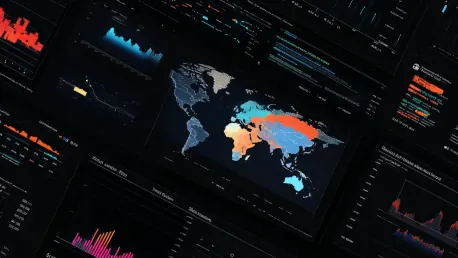
Crafting a compelling grant proposal is a critical task for any organization seeking funding. In today's competitive landscape, the ability to present data effectively can make a significant difference. Advanced data visualization techniques transform raw data into engaging visual stories,

Data Machines, a leading provider specializing in advanced data engineering, cloud automation, and mission-critical solutions for federal agencies, has announced its acquisition of Goforth Scientific, Inc., a Herndon-based software development firm known for its expertise in custom cloud-based

The global Big Data Analytics Software market is on a trajectory of substantial growth, with projections indicating a robust compound annual growth rate (CAGR) of 9.87% from 2024 to 2031. Starting with a valuation of $12.74 billion in 2024, the market is anticipated to reach approximately $22.41

The aerospace supply chain is an exceptionally complex ecosystem encompassing numerous global suppliers that produce a vast array of components for aircraft frames, engines, integrated systems, and more. To manage this intricate network effectively, a robust strategy is essential to enhance supply

Imagine a world where data management solutions evolve at lightning speed, consistently enhancing the way organizations harness and utilize their data. In the week leading up to January 10, 2025, significant advancements and partnerships emerged that are setting new standards in the industry.

The Office of Personnel Management (OPM) is undertaking a transformative project aimed at modernizing and streamlining its data management systems. This ambitious initiative seeks to enhance decision-making processes by improving data accessibility and quality. Central to this effort are two major